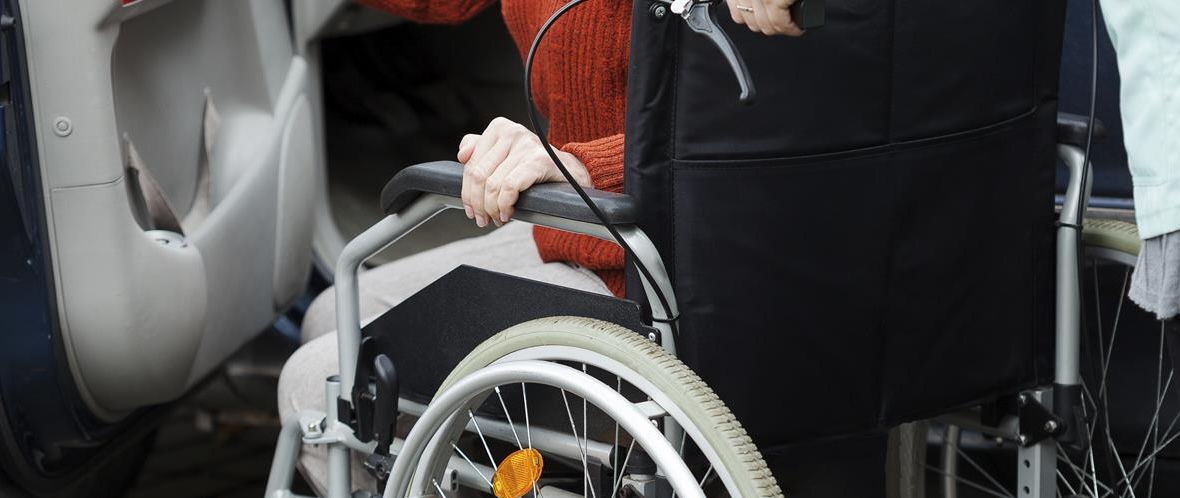Shared care records are a powerful asset for integrating information, providing infrastructure to support a digital front door for patients, and generating data for analysis. Brian Murray, a director at Orion Health, argues integrated care boards should make the most of them as they tackle the crisis in the NHS.
The NHS needs help, it’s not broken – we all depend upon it. Turn on the radio, open a webpage, and
there will be news about ambulances queuing outside hospitals, patients queueing inside A&E, and
discharges being delayed, often for weeks.
The solutions that pundits and politicians put forward tend to focus on one or another of these
problems: if we put money into primary care, there will be fewer people in A&E; if we put more money
into care home beds, patients can be discharged into them.
The solutions the NHS is working on are different. Since the Five Year Forward View and the NHS
Long Term Plan came out, healthcare has recognised that it is necessary to work at a population level.
That, after all, is why integrated health systems have been set up with a remit to keep people out of
traditional healthcare services where possible and to support more integrated care to stop the system
becoming gridlocked. Healthcare is about flow and only a population level solution can really take
advantage of that.
We need a health tech evolution: not a new start
A revolution means upheaval, overthrowing one system in favour of another. Our health and care
systems are not so broken – but they do need to evolve the technology already in place. ICSs and the
integrated care boards that run them, need healthcare technology to deliver on this agenda. Strategists
need data for population health management and care co-ordination initiatives.
Clinicians working across multi-disciplinary teams and care pathways need information that is otherwise
caught-up in organisational systems. And, increasingly, patients need new ways to communicate with
those care teams.
Another feature of the NHS crisis is that commentators have started to recognise this; but are spinning
the idea into columns that argue the health service has failed on tech and needs new and revolutionary
thinking to catch-up with other sectors. And that is not the case.
Governments and newspapers may focus on the digitisation of hospitals, but at a local level a lot of
work has already been done to create platforms for information sharing, patient engagement, and data
analytics.
Pioneers like Connecting Care in Bristol have been working on shared care records for well-over a
decade and, following the publication of the NHS Long Term Plan, NHS England developed the local
health and care record exemplar programme to show what could be achieved at a 3-5 million
population level.
As a result, NHS England was able to set a target for every ICS area to have a ‘basic’ shared care
record in place by September 2021 and to develop a roadmap to expand the use and functionality of
these records to address national priorities, starting with end-of-life and care planning.
Making healthcare more efficient and effective
Shared care records are intended to make care more effective and efficient. The Dorset Care Record
has a website on which it has shared many examples of clinicians making a faster and more accurate
diagnosis by looking up a critical piece of information, or of saving time by not having to hunt through
paper records or make calls to other services
However, to get the most out of the investment that has been made, ICBs should be thinking about how
to use the information that has been integrated into the databases that underpin shared care records to
power apps that enable professionals to work in new ways.
For example, we have been working with one of our long-standing customers on a discharge solution to
give local health and care hubs access to the tools they need to effectively speed up the process. This
uses our Amadeus data platform, Care Pathways and Collaborative Worklists tools to enrol patients
onto a ‘discharge to assess pathway’ accessible to all relevant care providers and then coordinate the
actions that need to take place around discharge across multiple care settings. If we can discharge
patients more effectively, we can free up acute capacity for those that need it.
It’s much more efficient than trying to work through spreadsheets and phone calls: and it starts to
address one aspect of the NHS crisis at that system or population level.
Putting the patient at the centre
The information held in shared care records can also be accessed by patients. The Dorset Care Record
is piloting our Engage patient portal, which comes with Circle of Care functionality so users can specify
which members of their family and care team can access to their data.
A portal can also be set-up to support other healthcare activities and transactions, from accessing
advice to monitoring health goals and checking appointments. However, these days, a portal is just one
of a range of digital access points into the health and care system.
We are seeing trusts and ICBs launch initiatives to remotely monitor people on waiting lists, run pre-
operative outpatient clinics digitally, follow-up on treatment using online patient reported outcome
measures, and improve the management of long-term conditions by setting up virtual wards.
Collectively, these projects fall under the banner of a ‘digital front door’ to the health and care system.
But they need to be joined-up – with each other and with existing services – and their data needs to be
integrated – with healthcare systems and other apps.
Otherwise, there is a danger that we will end up asking patients to walk through many digital front
doors; and that we’ll expect patients and their digital teams to fill in new credentials each time.
Holding open a digital front door
One way that ICBs can avoid this is to use the data platforms that underpin their shared care records.
They can handle the integration and information sharing required; and do two more things that are
critical. The first is to assist individuals as they move from being citizens to patients (and, hopefully,
back again).
In the UK, if somebody visits the NHS website, and uses its symptom trackers, they visit as a citizen.
They cannot take the information they find with them if they call NHS 111 or their GP; and NHS 111 call
handlers and GP receptionists can’t use it for triage or support.
Whereas, in one Canadian province, where Orion Health underpins one of the biggest digital front doors in the world covering a population of 15 million citizens, the website and call centre at the heart of the service support exactly that transition by using algorithms to help direct users to the right service for them, and the right channel.
That might be a traditional appointment, a digitally enabled service supported by Orion Health
functionality, or an app from a third provider. Whatever it is, the patient will have walked through a
single, digital front door.
Time to make use of a powerful heath tech asset
The second extra is data. The information that is generated by the IT systems and apps that both feed
and work off a data platform can be used for population health management.
For example, an ICB might see there has been an increase in searches for information about COPD or
an uptick in hospital admissions for respiratory conditions. By drilling down into the data, its analysts
might be able to identify at-risk groups who would benefit from additional sources of advice or draw up
a list of at-risk individuals for review by general practice or a virtual ward.
In the end, the best way for the NHS to bring its current crisis to an end is to tackle its headline
grabbing problems at source. ICBs have been tasked with doing the population-level work required,
and the roll-out of shared care records gives them a powerful toolset to do that.
Shared care records are important assets and the health and care system needs to work out how to
make the best possible use of them. It’s time to evolve the technology and not believe our systems are
so broken we need a revolution.



